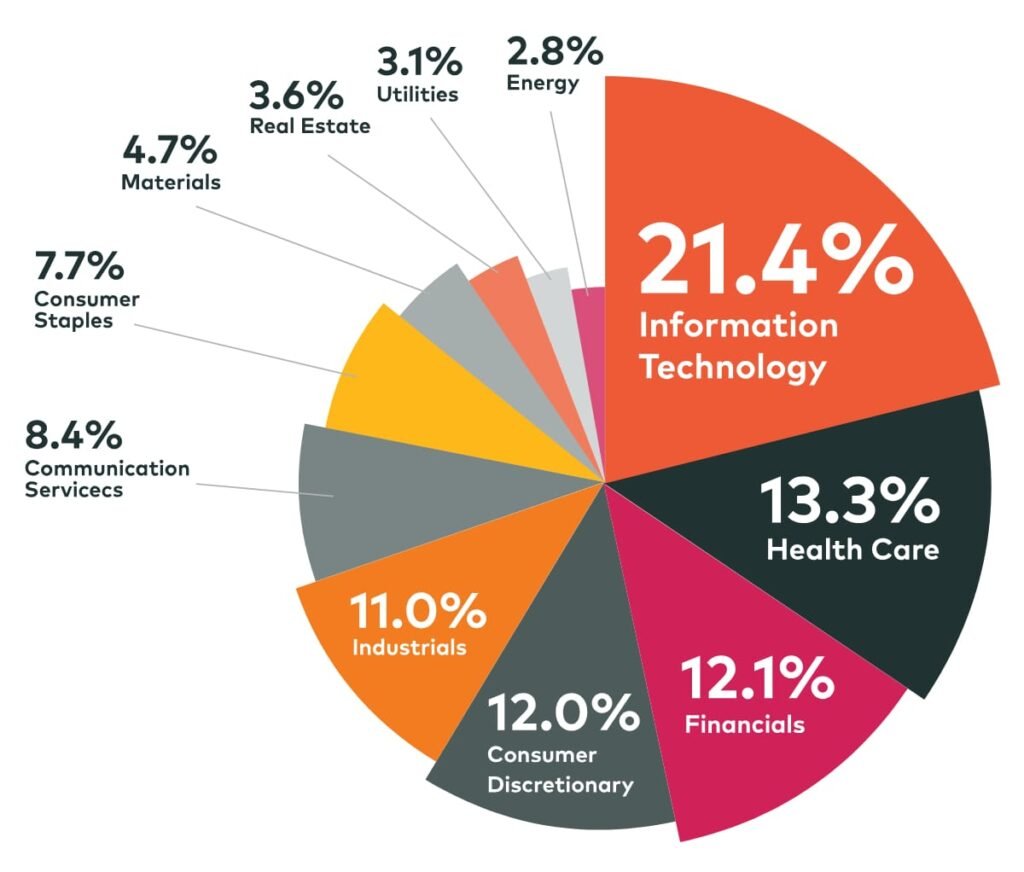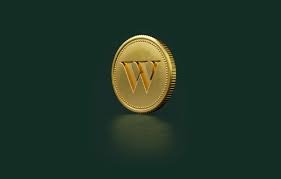Disclosure: This post may contain affiliate links. We may earn a commission if you sign up through our links, at no extra cost to you.

Introduction
Most new investors think buying one or two “hot stocks” is enough, but that’s a fast way to take on unnecessary risk.
Diversification means spreading your money across different assets so that no single stock, sector, or country can make or break your portfolio. It’s the foundation of long-term investing success.
In this guide, you’ll learn exactly how to build a diversified portfolio in Canada, step-by-step, using practical examples and proven ETF combinations.
This article pairs perfectly with:
How to Invest in Stocks in Canada with Little Money
Best ETFs for Canadian Investors 2025
What Is Diversification and Why It Matters
You’ve heard the saying: “Don’t put all your eggs in one basket.” That’s the essence of diversification.
By spreading your money across different sectors, countries, and asset types, you reduce volatility and protect yourself from big market swings.
Example:
- Investor A puts all their money into tech stocks.
- Investor B splits between tech, energy, bonds, and international ETFs.
When tech crashes, Investor B’s portfolio still stands strong. That’s the power of diversification.
Step 1 Choose the Right Account (TFSA, RRSP, or FHSA)
Before buying investments, open the right account for your goals.
- TFSA (Tax-Free Savings Account): Best for most Canadians. All growth and withdrawals are tax-free.
- RRSP (Registered Retirement Savings Plan): Ideal for higher-income earners who want tax deductions.
- FHSA (First Home Savings Account): Great for first-time home buyers.
Open a TFSA or RRSP with Wealthsimple Trade (affiliate link, sponsored)
Step 2 Pick Your Core Assets
A well-diversified portfolio includes a mix of Canadian, U.S., and international stocks, along with bonds and cash.
Canadian Stocks & ETFs
ETFs like XIC, VCN, or ZCN give you exposure to the largest Canadian companies. They’re the simplest way to capture the entire Canadian market.
Read more: Best ETFs for Canadian Investors 2025

U.S. & International Stocks
Add global exposure with:
- VFV (U.S. S&P 500 ETF)
- VEA (Developed Markets)
- VWO (Emerging Markets)
This protects you if the Canadian market lags and offers access to tech and global growth.
Bonds or Fixed Income
Bond ETFs like ZAG or VAB stabilize your portfolio during market downturns. They generate income and reduce volatility.
Cash or Short-Term ETFs
Keep a small percentage in cash or short-term ETFs for flexibility, useful for buying dips or handling emergencies.
Step 3 Find Your Ideal Portfolio Mix
Your risk tolerance determines how much of your portfolio should be in stocks versus bonds.
| Profile | Stocks | Bonds | Cash | Example ETF Mix |
|---|---|---|---|---|
| Conservative | 40% | 50% | 10% | ZAG + XIC |
| Balanced | 60% | 30% | 10% | VFV + XIC + ZAG |
| Growth | 80% | 15% | 5% | VFV + VEA + VWO + ZAG |
Start with a model close to your comfort level. You can always adjust as your confidence and income grow.
Step 4 Automate and Rebalance

Wealth grows through consistency, not constant tinkering. Automate your monthly contributions and rebalance once or twice per year to keep your allocations aligned.
You can use tools like Wealthsimple Invest or Questrade’s Questwealth Portfolios to do this automatically.
Automation removes emotion from investing and helps you stay disciplined during market swings.
Step 5 Avoid These Common Diversification Mistakes
- Owning too many similar ETFs (overlap = redundancy)
- Ignoring foreign markets (limits growth potential)
- Skipping bonds or cash (adds unnecessary volatility)
- Never rebalancing (your risk profile drifts over time)
Stay simple, diversified, and consistent.
Example: A Simple Starter Portfolio in Canada (2025)
| ETF | Description | Allocation |
|---|---|---|
| VFV | U.S. S&P 500 | 40% |
| XIC | Canadian Market | 30% |
| VEA | International Developed Markets | 20% |
| ZAG | Canadian Bonds | 10% |
This mix gives you exposure to thousands of companies across the world while maintaining balance and stability.
FAQs About Diversification in Canada
Can I diversify with just ETFs?
Yes, ETFs already hold dozens or hundreds of stocks, making them an easy one-stop solution.
Should I include crypto or real estate?
You can, but limit them to 5–10 percent of your portfolio.
How often should I rebalance?
Every 6–12 months, or when one asset drifts more than 5–10 percent from its target weight.
Conclusion Building a Diversified Portfolio in 2025

A diversified portfolio gives you smoother returns and less stress. It helps you grow steadily while avoiding the emotional rollercoaster of single-stock investing.
Start small and automate your plan. Over time, your discipline will pay off more than any short-term trend ever could.
Start today with Wealthsimple Trade
Or compare brokers: Best Online Brokers in Canada 2025

